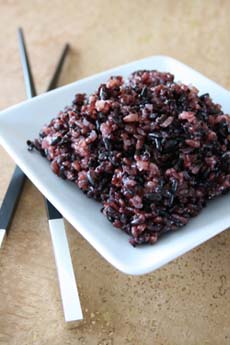 |
| Whole flax seeds |
I purchased a 3-pound bag of organic milled flax seeds over the weekend. Each 2-tablespoon serving has the following awesome benefits:
- 2,800 mg Omega-3 fatty acids
- 4 g fiber
- 3 g protein
I notice a big difference in my mood when I ingest
Omega-3, a fatty acid scientifically proven to boost the happy brain chemicals.
My mom always made a flax seed drink when I was a kid. She would boil the seeds in water for a while, grind them up in the water with an immersion blender, strain seed chunks out and milk the strained product with some milk and honey or sugar. I always loved the taste, but had no idea it was healthy to drink.
Remembering I liked the taste of flax seeds, I dumped 2 tbsp. or so of the milled stuff I bought into my Crystal Light yesterday. The consistency reminded me of those commercials about chunky fiber supplement mixes, like Metamucil, even though I've never tried them. After a few minutes, the milled seeds got softer and had a chewy, slimy texture, which is normal. Now, I know when the package says to put the seeds in a beverage, they mean a smoothie or something. However, I actually liked the milled flax seeds in my watery beverage after I let them sit for a bit.
The package of milled flax seeds says you can use it as a substitute for eggs, butter and oil.
- 1 TBSP of oil, butter or shortening=3 TBSP milled flax seeds
- 1 large egg=1 TBSP milled flax seeds + 3 TBSP water
I definitely recommend you try milled flax seeds if you have not.







